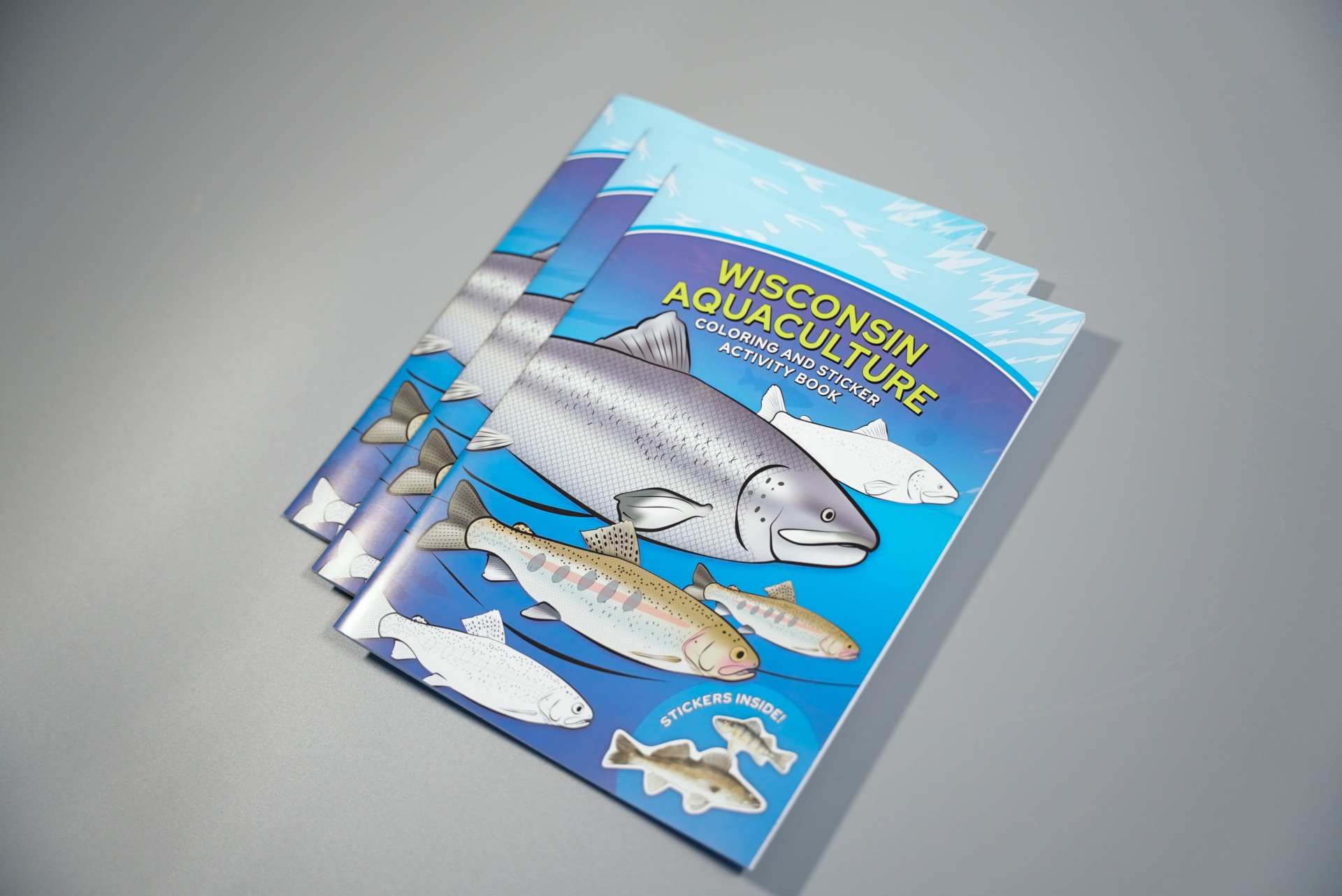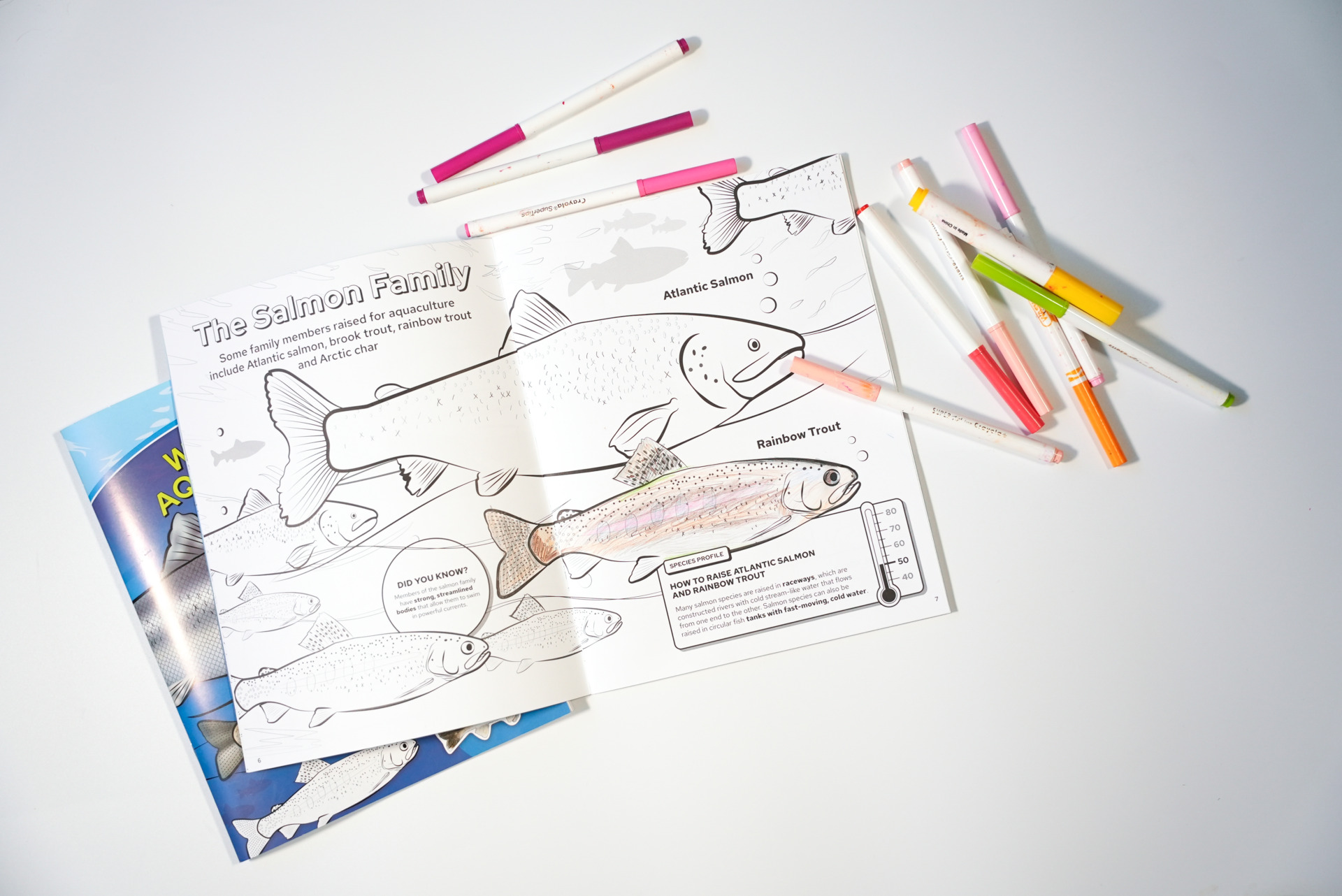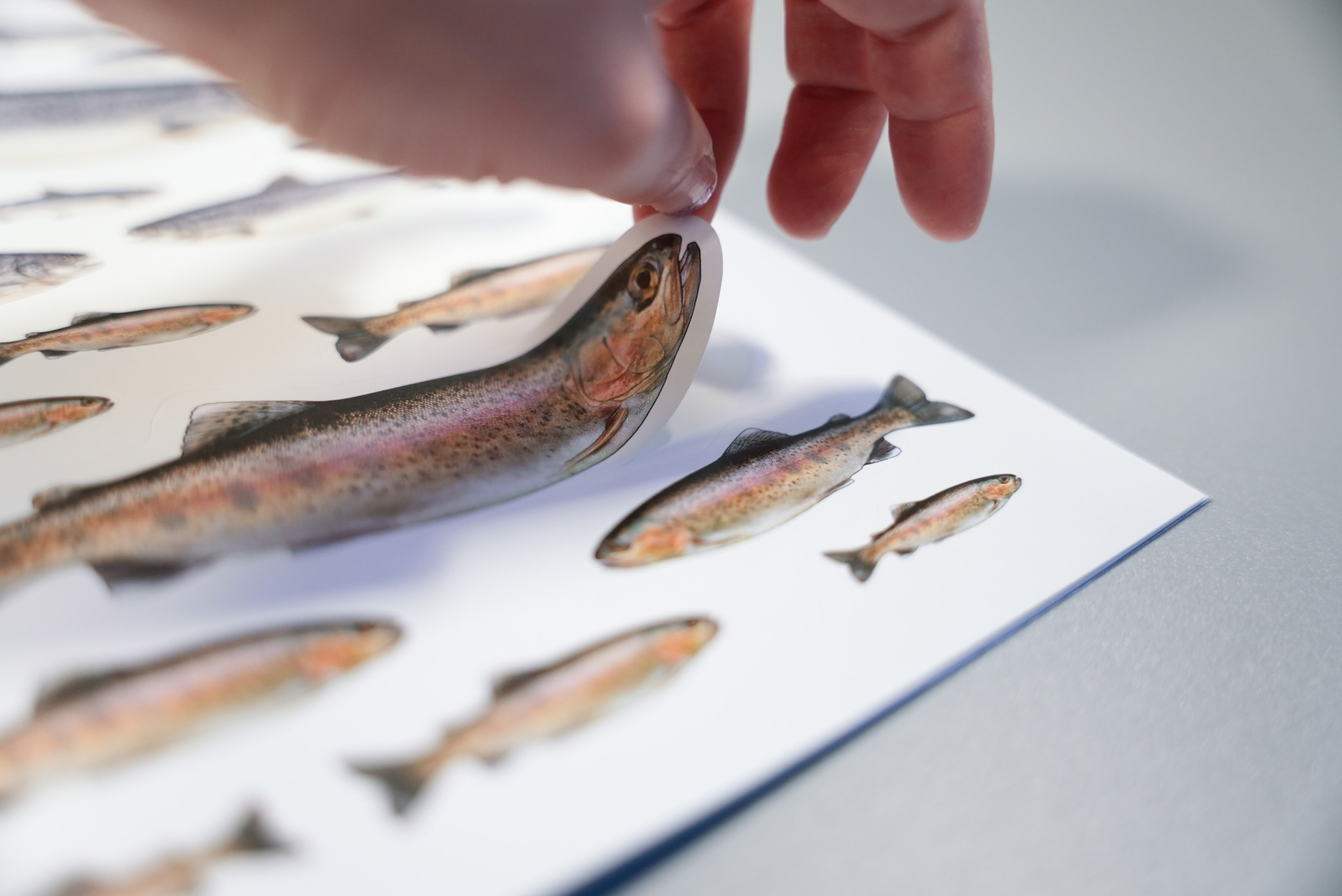In Your Neighborhood, Where Clean Water Belongs – Thank You for Giving BIG!
Because of you, clean water is flowing where it belongs! Your generosity helps protect the streams, rivers, and lakes that make our neighborhoods thrive. Together, we’re creating a healthier future for our waterways and our community. Watch Our Thank You Video Below! Give BIG Green [...]
The post In Your Neighborhood, Where Clean Water Belongs – Thank You for Giving BIG! appeared first on Fox-Wolf Watershed Alliance.
Fox-Wolf Watershed Alliance
https://fwwa.org/2025/03/10/give-big-green-bay-2025-thank-you/?utm_source=rss&utm_medium=rss&utm_campaign=give-big-green-bay-2025-thank-you

 On behalf of River Alliance of Wisconsin, it’s my honor to be able to share a little about Dave Martin and his amazing legacy. I’m going to share excerpts from articles my colleagues, and Dave himself, wrote in celebration of the 40th Anniversary of Wisconsin’s Wild Rivers Law in 2006.
On behalf of River Alliance of Wisconsin, it’s my honor to be able to share a little about Dave Martin and his amazing legacy. I’m going to share excerpts from articles my colleagues, and Dave himself, wrote in celebration of the 40th Anniversary of Wisconsin’s Wild Rivers Law in 2006. Thanks to the protections of the Wild Rivers Law that Dave spearheaded, not only Dave but generations of paddlers, anglers, hikers and others can still savor an experience like the 1966 trip he described.
Thanks to the protections of the Wild Rivers Law that Dave spearheaded, not only Dave but generations of paddlers, anglers, hikers and others can still savor an experience like the 1966 trip he described.











